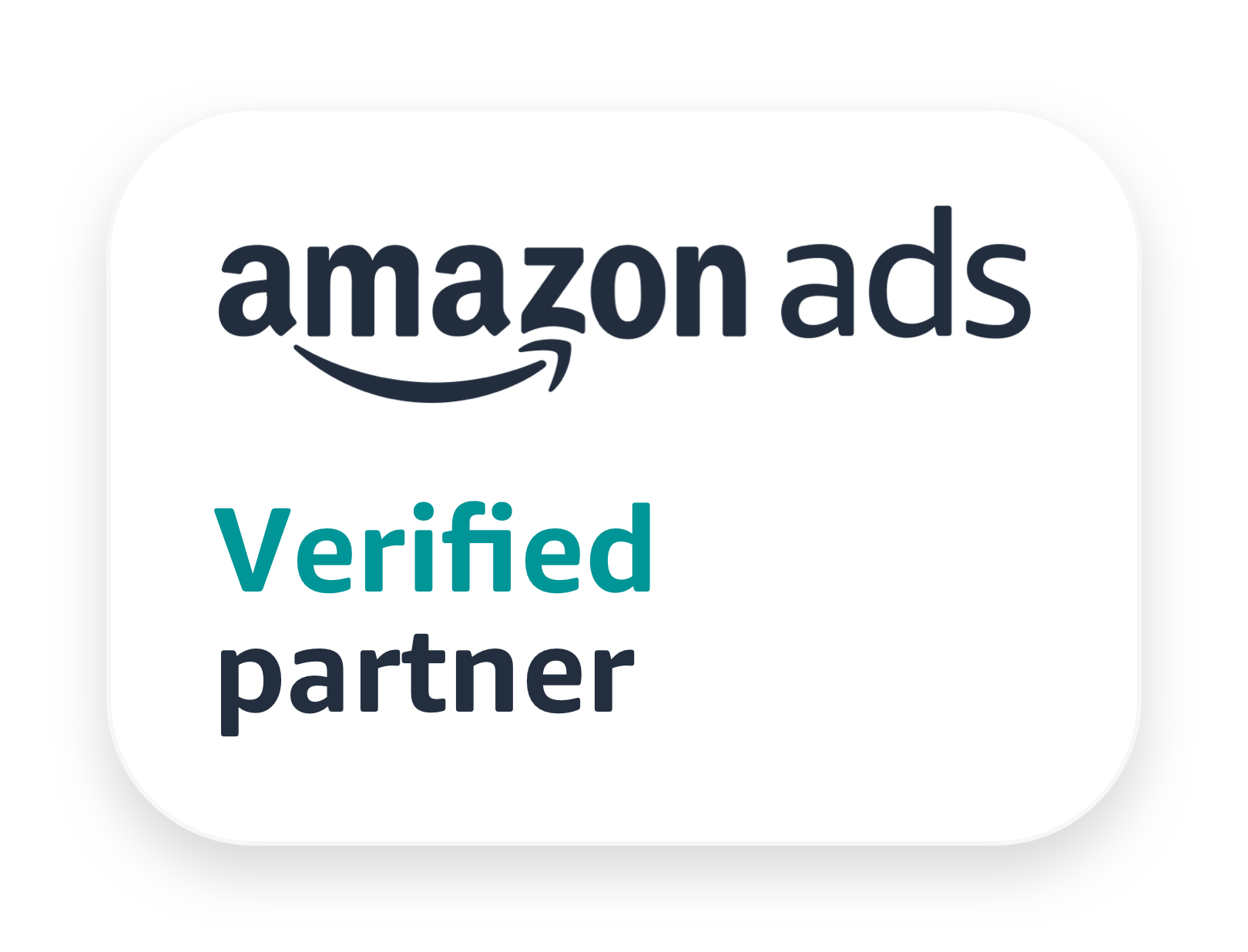How to transition a small business into a thriving medium-sized business.
- Starting a business is a marathon—not a sprint.
- According to the U.S. Small Business Administration Office of Advocacy, 78.6% of new businesses survive for the first year, but only about 50% endure for five or more years, and even less—33%—persist for 10 or more years.
- (Part of the reason for this may be due to the relative ease of business operations until you reach the uncomfortable middle.)
- Just because you have managed to escape adhering to these statistics does not mean you have made it. Success can have its own unintended consequences. Those unintended consequences are landing at what I call the “uncomfortable middle.”
- According to the Chamber of Commerce, 99.9% of businesses in the US are classified as small businesses (500 employees or fewer), and only 40% of these small businesses are profitable.
- According to the U.S. Small Business Administration Office of Advocacy, 78.6% of new businesses survive for the first year, but only about 50% endure for five or more years, and even less—33%—persist for 10 or more years.
- Small Business Advantage
- When we were a small business, things were easier and lack of process was able to be absorbed.
- When any one person at an organization can essentially keep track of everything that’s going on (sub-10 person size, depending on industry), things are pretty easy.
- This doesn’t necessarily mean your business is profitable or effective, but day-to-day operations are relatively easy/simple.
- The reason for this is that the CEO of a company that size can just talk directly to any of the members of the team at any point for a status update, and they have the ability to keep (relatively) all of the activities of the small team at the back of their mind at any given time.
- Small-Medium Range
- When your team grows to include 10 or more people, in the 10-20 people range, things get more complicated; you start to place people in charge of their own specific areas, and you have the need for a much higher level of structure.
- The Uncomfortable Middle
- In the 20-35 person range is where things truly start to get interesting. This is what I call the uncomfortable middle, a space wherein your company is too big to rely on the former way of doing things but is also too small to invest in the level of infrastructure you need to be successful (ie not big enough to support a high level HR person or full accounting dept—have to supplement with one or two AP people).
- In this space, you are just sitting back and waiting until the day you get to 50 people or above, where you can have more rigid departments so your employees don’t have to wear as many hats.










